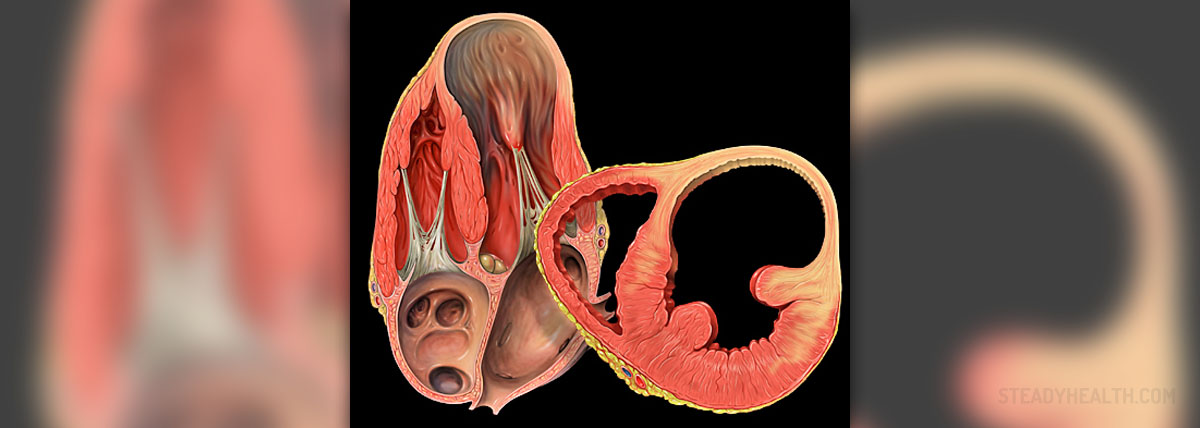
Rapid Heartbeat
The heartbeat can be increased by the some activities and conditions like fever, anxiety, stress, fear and exercise. This can increase the heart rate from the normal, which ranges from 60 to 100 times per minute. But this increase is very normal if it is caused by the mentioned culprits. Tachycardia is associated with the increase of heartbeat for which there is no reason. This word is derived from two words, cardia, which denotes heart, and tachy, which stands for fast. It is associated with the heart rate above 100 beats per minute, but in some cases, even 400 beats have been noted. The most dangerous rapid heartbeats are the sudden ones caused in the ventricles and the term ventricular tachycardia is associated with this problem. It is associated with steady and rapid heartbeat. Problems such as VF or ventricular fibrillation can be caused by this condition. This condition causes rapid and chaotic heartbeats, which can lead to the sudden cardiac arrest. This is due to the inability of the fibrillating ventricular muscle to supply the brain and other organs with blood. Death can occur due to sudden cardiac arrest if electric shock therapy is not conducted immediately.
Arrhythmia Types
There are several possible ways of dividing the types of arrhythmia. They can be divided by the rate, location and irregularity. If they are divided by the rate, there is bradycardia, which is associated with a slow heart below the 100 beats per minute, and tachycardia, which is a rapid heart rate over 100 beats per minute. The next factor is the location of the electrical circuit, to be more precise. Supraventricular is the one associated with the locations above the ventricles. The heartbeat nature can also be a basis for the type division. They can be chaotic, steady or something else.
Types and Causes of Rapid Heartbeat
The cause of the problem is usually a glitch in the electrical system, which goes from the lower to the upper heart chambers. The life of an individual is under a threat when ventricular tachycardia is present, unlike in cases of the supraventricular, which is not life threatening. The ventricular type starts in the ventricles or the lower chambers, while the supraventricular problem starts from the upper chambers. The treatment must accompany ventricular tachycardia, since problems such as ventricular tachycardia may occur. Also, although supraventricular is not life-threatening, the heart muscle may become weaker due to the constant episodes.
Symptoms
Most common symptoms are fainting, vision changes, lightheadedness, dizziness, chest discomfort and breathe shortness. Problems like these need immediate medical help. Once you get to the hospital, you will have to explain the pattern of the rhythm, pulse rate, onset pattern, if it stops gradually or suddenly, if it stops at all, if anything stops it, episode length and the feeling that it creates. Feel free to state other symptoms if they are present. Tests like electrophysiology study, holder monitor and EKG are used for the confirmation of the problem.


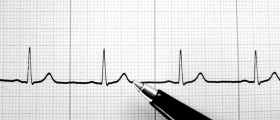



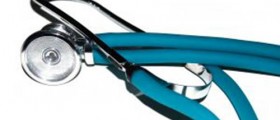
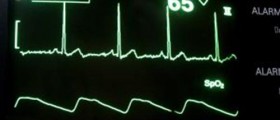
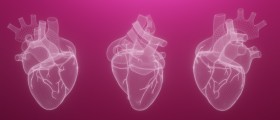
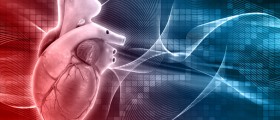
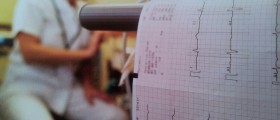

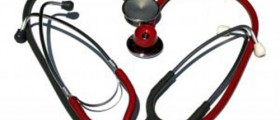




Your thoughts on this
Loading...